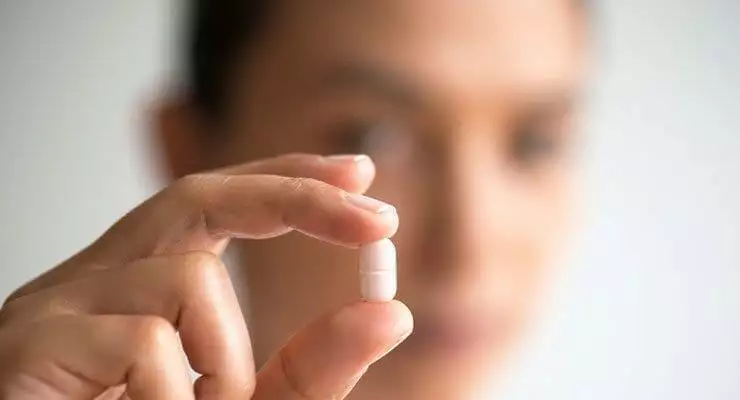Process of Umbilical Cord Blood Donation
According to the Charity Guide website, umbilical cord blood donations can help treat a wide variety of serious medical conditions, including leukemia, sickle cell disease and cancers, such as lymphoma and brain cancer. Donating the umbilical cord blood of your newborn baby is painless, costs nothing and provides physicians a way to help more than 75 percent of severely ill patients who cannot be matched with a family member who has matching stem cells. The only thing required for a successful umbilical cord blood donation is planning.
Definition
Umbilical cord blood is the blood that is contained within the placenta and the umbilical cord following a baby’s birth. This blood is special, because it contains a large amount of stem cells, cells that have not differentiated into a specialized type of body cell. Most cells are programmed to develop into genetically pre-programmed types–muscle cells, blood cells, nerve cells. In the right circumstances, however, stem cells can develop into any type of cell. Because of this ability, they can be used to produce healthy cells in individuals with diseases that inhibit the development of healthy, properly functioning cells. For instance, in patients with leukemia, the stem cells can be used to produce large amounts of blood cells.
Process
If you decide you would like to donate your baby’s umbilical cord blood, start by talking to your obstetrician several weeks before you reach the 34th week of your pregnancy. Contact a local cord blood bank and notify the hospital where you will be giving birth that a cord blood donation will be conducted after your delivery. Some cord blood banks will directly send you a collection kit while others send the kit to your doctor or the hospital involved. When you arrive at the hospital, remind your nurses and the hospital personnel that you will be donating the cord blood so that they can have the collection kit ready.
Within 10 to 15 minutes after the baby is born, the blood will be collected in the containers provided in the kit and sent by the medical staff to the cord blood bank. After they have tested the blood, they will store the blood for future use in the blood bank.
Cord Blood Banking
Although the mother’s name is connected with that of the cord blood donation, the blood bank keeps this information strictly confidential. In addition, your child’s name is not included in any identifying paperwork the bank keeps regarding the donation. According to the National Marrow Donor Program, the individual blood donations are identified by number only. If the umbilical cord blood is used at a later date to help a patient, that person is never given any identifying information about the mother or the baby.
Minority Benefits
Umbilical cord blood donations are especially needed from individuals who are ethnically and racially diverse. It is much simpler to find a cord blood transplant or umbilical cord blood stem cell match between people who share a similar heritage since certain minorities have distinctive variations in their tissue types. Cord blood donation proponents, such as the Charity Guide website and the Be The Match portion of the National Marrow Donation Program, strongly encourage people with Asian, African American, Pacific Islander, Hispanic, Latino, American Indian and Alaska Native backgrounds to consider donating their baby’s umbilical cord blood.
Risks
Neither the mother nor the baby in the umbilical cord blood donation procedure are at risk. The blood collection process does not interfere in any way with delivery and, because the blood is collected after the baby is born and the umbilical cord has been cut, neither the baby nor the mother experiences any pain whatsoever associated with the donation.




